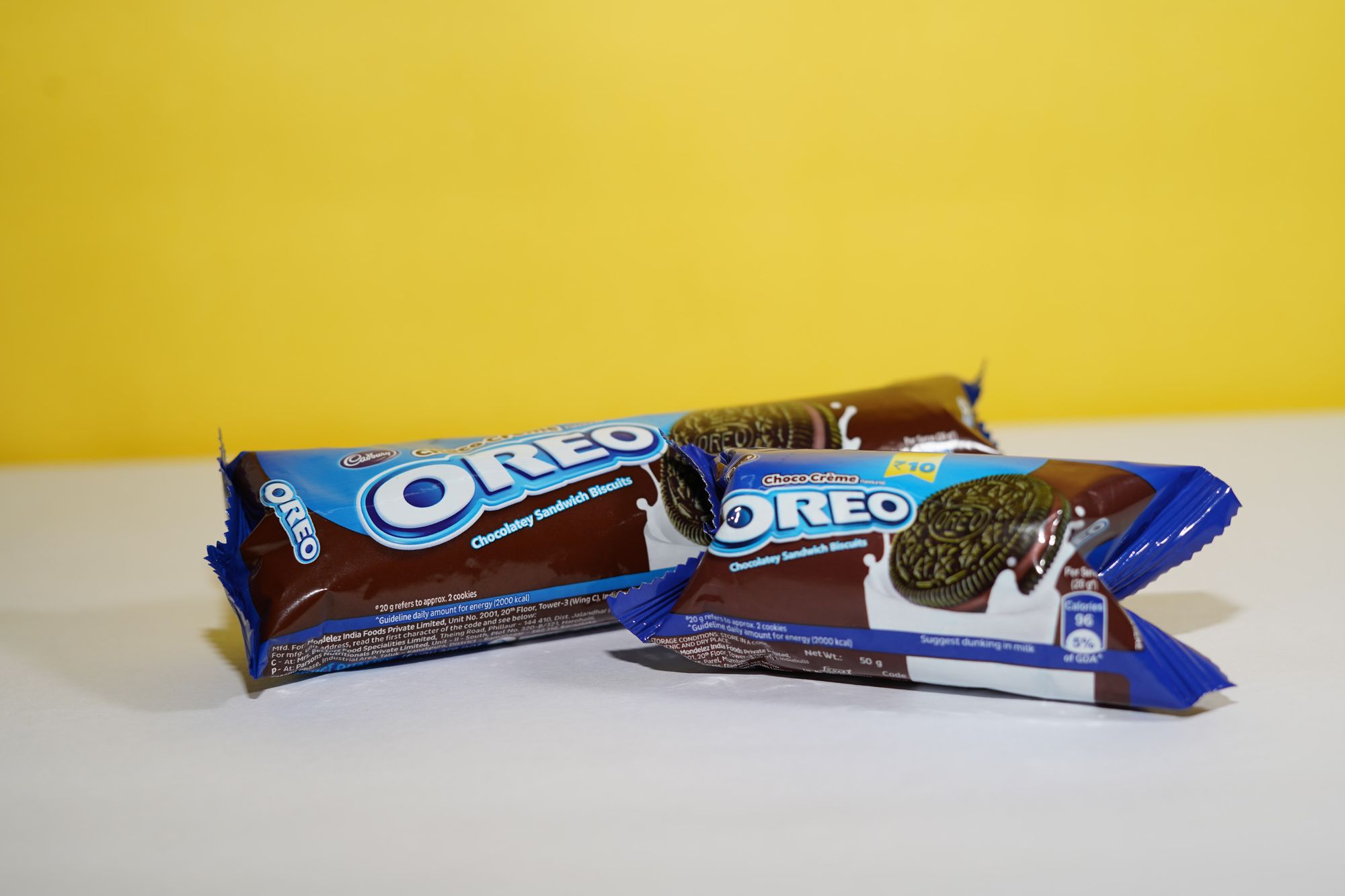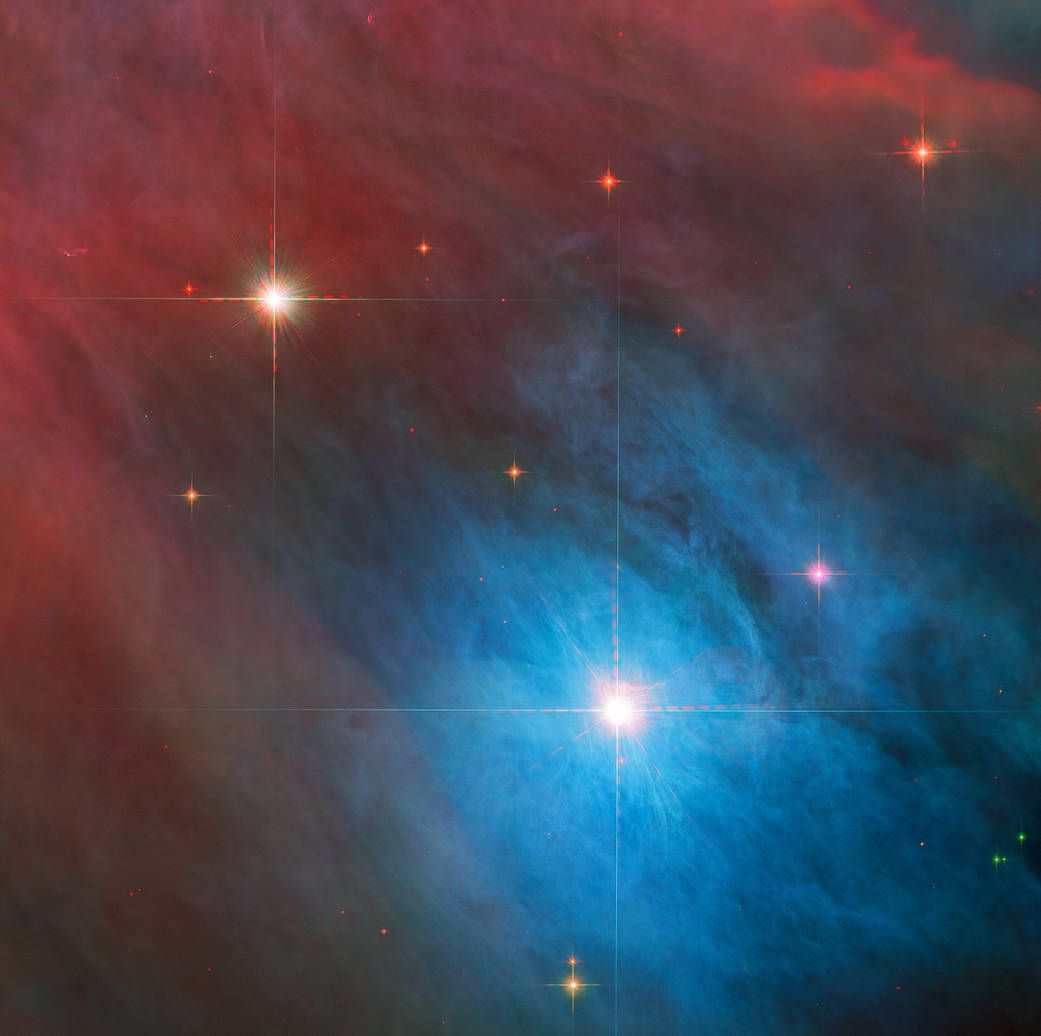Data Shows 50% Of Bitcoin Hashrate Controlled By Two Mining Pools
by olowoinc | Bitcoinist

Bitcoin hashrate is becoming highly centralized, with a few mining pools controlling most of the blockchain mining power. The latest data from Mempool indicates that 50% of the total hashrate is held by Foundry USA and Antpool.
A Highly Centralized Mining Network
Foundry USA has maintained a hashrate of over 30% of the total Bitcoin network for several weeks. It became the first mining pool of non-Chinese origin to lead the list in November 2021, following the ban on Bitcoin mining in China in the middle of the same year.
Back then, Foundry USA contributed 17% of the total Bitcoin hashrate. Today, the US-based pool averages 34.1% of the mining power, equivalent to about 104 EH/s, considering that the Bitcoin hashrate is around 300 EH/S.
OREO Launches Its Own VR Metaverse Experience
by Kyle Melnick | VR Scout

The OREOVERSE is available now via Horzion Worlds.
This week OREO unveiled a new limited-edition flavor, the Most OREO OREO, which features real OREO grind mixed in the creme. In celebration of the new product, the company has created its own metaverse experience accessible on Meta Quest 2 and Meta Quest Pro headsets.
According to the company, the OREOVERSE features a variety of “cookie-themed” games that have you building delicious treats in VR for a chance at $50,000. As part of the campaign, TV personality Martha Stewart and her gardener Ryan McCallister will stream themselves exploring the OREOVERSE next week on the OREO brand’s social channels.
Researchers find ways to improve the storage time of quantum information in a spin rich material
by Nanowerk News | Nanowerk

An international team of scientists have demonstrated a leap in preserving the quantum coherence of quantum dot spin qubits as part of the global push for practical quantum networks and quantum computers.
These technologies will be transformative to a broad range of industries and research efforts: from the security of information transfer, through the search for materials and chemicals with novel properties, to measurements of fundamental physical phenomena requiring precise time synchronisation among the sensors.
Spin-photon interfaces are elementary building blocks for quantum networks that allow converting stationary quantum information (such as the quantum state of an ion or a solid-state spin qubit) into light, namely photons, that can be distributed over large distances. A major challenge is to find an interface that is both good at storing quantum information and efficient at converting it into light.
🌙 NASA - Best Photo from Last Week
Hubble Views a Stellar Duo in Orion Nebula

The bright variable star V 372 Orionis takes center stage in this image from the NASA/ESA Hubble Space Telescope, which has also captured a smaller companion star in the upper left of this image. Both stars lie in the Orion Nebula, a colossal region of star formation roughly 1,450 light-years from Earth.
V 372 Orionis is a particular type of variable star known as an Orion Variable. These young stars experience some tempestuous moods and growing pains, which are visible to astronomers as irregular variations in luminosity. Orion Variables are often associated with diffuse nebulae, and V 372 Orionis is no exception; the patchy gas and dust of the Orion Nebula pervade this scene.
This image overlays data from two of Hubble’s instruments. Data from the Advanced Camera for Surveys and Wide Field Camera 3 at infrared and visible wavelengths were layered to reveal rich details of this corner of the Orion Nebula. Hubble also left its own subtle signature on this astronomical portrait in the form of diffraction spikes that surround the bright stars. The four spikes around the brightest stars in this image form when an intense point source of light, such as starlight, interacts with the four vanes inside Hubble that support the telescope’s secondary mirror. The diffraction spikes of the NASA/ESA/CSA James Webb Space Telescope, on the other hand, are six-pointed due to Webb’s hexagonal mirror segments and 3-legged support structure for the secondary mirror.
Text credit: European Space Agency (ESA)
Image credit: ESA/Hubble & NASA, J. Bally, M. Robberto
Media Contact:
Claire Andreoli
NASA's Goddard Space Flight Center, Greenbelt, MD
301-286-1940
Last Updated: Jan 27, 2023
Editor: Andrea Gianopoulos


Disclaimer: None of the content in this newsletter is meant to be financial advice. Please do your own due diligence before taking any action related to content within this article.
Disclaimer: Unbound is reader-supported. When you buy through links on our site, we may earn an affiliate commission.






